Bearings may encounter problems such as peeling, burns and crack defects during use. How to solve them? The editor has summarized 10 common damage problems of bearings for your reference.
1. Peel off
Phenomenon: The running surface peels off and becomes obviously convex and concave after peeling off.
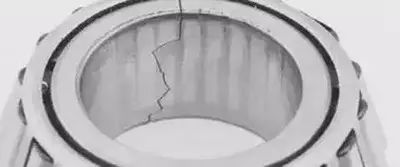
Reason:
1) Excessive load and improper use
2) Poor installation
3) Poor accuracy of shaft or bearing box
4) Clearance is too small
5) Foreign body invasion
6) Rusty
7) Decrease in hardness caused by abnormally high temperatures
Measure:
1) Re-study the conditions of use
2) Re-select bearings
3) Reconsider the clearance
4) Check the machining accuracy of the shaft and bearing box
5) Study the design around the bearing
6) Check the installation method
7) Check the lubricant and lubrication method
2.Burn
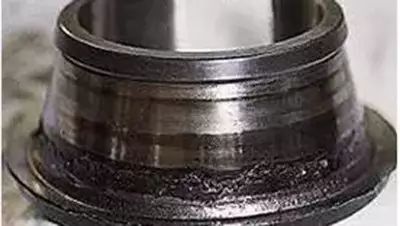
Phenomenon: The bearing heats up, changes color, and is burned and unable to rotate.
Reason:
1) The clearance is too small (including the clearance in the deformation part is too small)
2) Insufficient lubrication or improper lubricant
3) The load is too large (the preload is too large)
4) Roller deflection
Measure:
1) Set appropriate clearance (increase clearance)
2) Check the type of lubricant to ensure the injection amount
3) Check the usage conditions
4) Prevent positioning errors
5) Check the design around the bearing (including bearing heating)
6) Improve bearing assembly methods
3. Crack defects
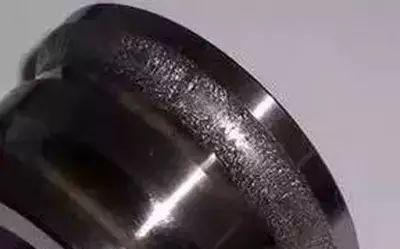
Phenomenon: Some chips and cracks.
Reason:
1) The impact load is too large
2) The interference is too large
3) There is major peeling
4) Friction cracks
5) Poor accuracy on the installation side (corner circle is too large)
6) Poor use (using a copper hammer, large foreign matter got stuck)
Measure:
1) Check the conditions of use
2) Set appropriate interference and check the material
3) Improve installation and usage methods
4) Prevent friction cracks (check lubricant)
5) Check the design around the bearing
4. The cage is damaged
Phenomenon: The rivets are loose or broken, and the cage is broken.
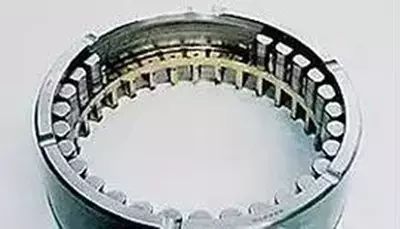
Reason:
1) The moment load is too large
2) High-speed rotation or frequent speed changes
3) Poor lubrication
4) Foreign objects stuck in
5) Large vibration
6) Poor installation (installation in tilted state)
7) Abnormal temperature rise (resin cage)
5. Bruises and jams

Phenomenon: The surface is rough, accompanied by micro-dissolution; scratches on the ring ribs and roller end faces are called jams.
Reason:
1) Poor lubrication
2) Foreign body invasion
3) Roller deflection caused by bearing tilt
4) Oil cutoff on the rib surface caused by large axial load
5) The surface is rough
6) Large rolling element sliding
Measure:
1) Further study lubricants and lubrication methods
2) Check the usage conditions
3) Set appropriate preload
4) Strengthen sealing performance
5) Normal use of bearings
6. Rust and corrosion

Phenomenon: The surface is partially or completely rusted, rusting in the shape of rolling element pitch.
Reason:
1) Poor storage condition
2) Improper packaging
3) Insufficient rust inhibitor
4) Intrusion of moisture, acid solution, etc.
5) Hold the bearing directly by hand
Measure:
1) Prevent rust during storage
2) Strengthen sealing performance
3) Check the lubricating oil regularly
4) Pay attention to the use of bearings
7.Abrasion
Phenomenon: Red rust-colored wear particles are produced on the mating surface.
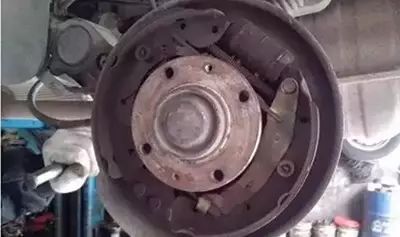
Reason:
1) Insufficient interference
2) The bearing swing angle is small
3) Insufficient lubrication (or no lubrication)
4) Unstable load
5) Vibration during transportation
Measure:
1) Check interference and lubricant coating status
2) During transportation, the inner and outer rings are packaged separately. If they cannot be separated, preloading is applied.
3) Re-select lubricant
4) Re-select bearings
8. Wear and tear
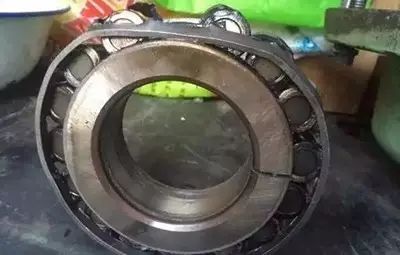
Phenomenon: Surface wear causes dimensional changes, often accompanied by abrasions and wear marks.
Reason:
1) Foreign matter is mixed in the lubricant
2) Poor lubrication
3) Roller deflection
Measure:
1) Check the lubricant and lubrication method
2) Strengthen sealing performance
3) Prevent positioning errors
9.Electric corrosion
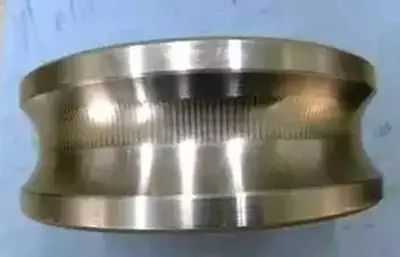
Phenomenon: There are crater-shaped pits on the rolling surface, which will become corrugated as it develops further.
Cause: The rolling surface is energized.
Measures: Make a current bypass valve; take insulation measures to prevent current from passing through the inside of the bearing.
10. Indentation and bruises
Phenomenon: Surface pits caused by solid foreign matter stuck or impact and scratches during installation.

Reason:
1) Intrusion of solid foreign matter
2) Snap in the peeling piece
3) Impact and falling off caused by poor installation
4) Installation in tilted state
Measure:
1) Improve installation and usage methods
2) Prevent foreign matter from mixing in
3) If it is caused by metal pieces, other parts must be inspected